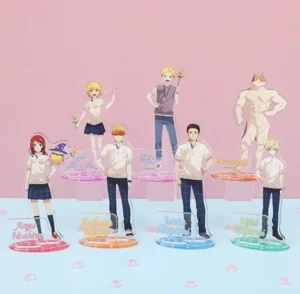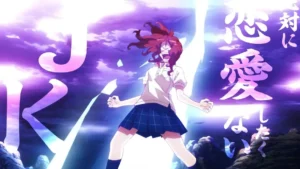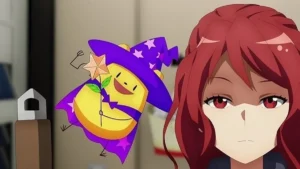Introduction
Anime and manga have become global phenomena, captivating audiences far beyond their Japanese origins. This article aims to dissect the intricacies of these two mediums, exploring their differences, similarities, and the unique features that make them stand out in the world of entertainment.
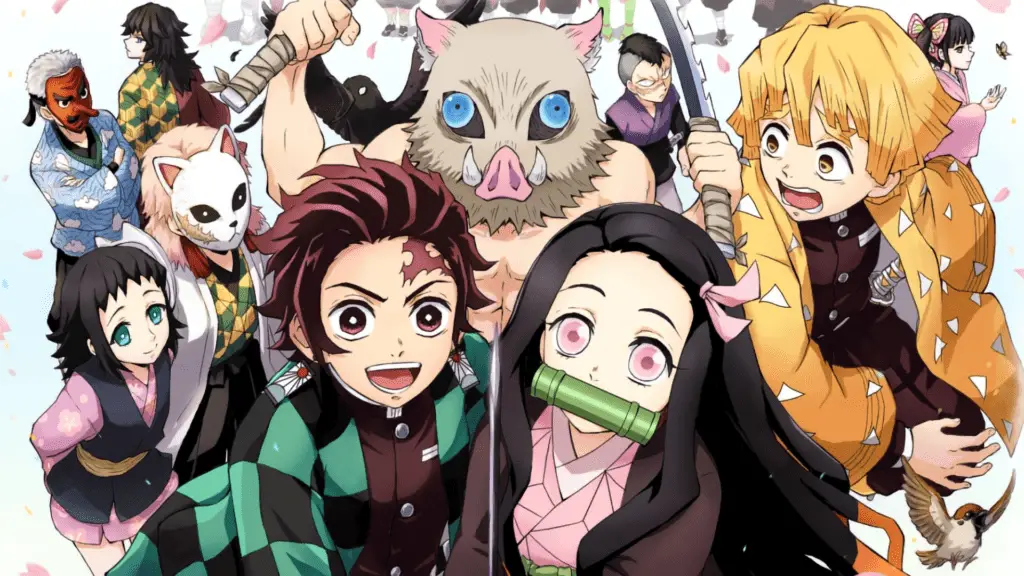
What is Anime?
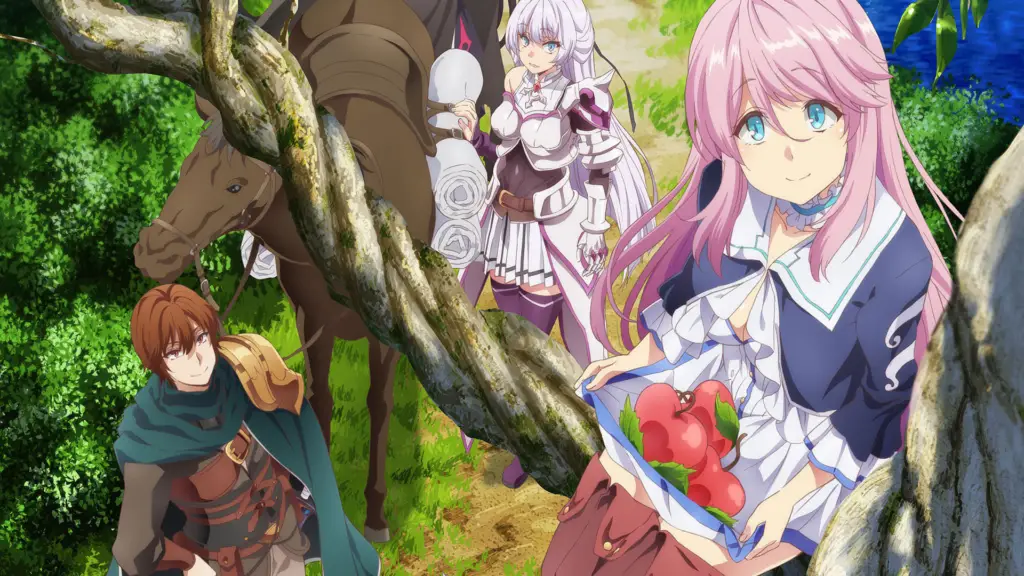
Definition and Origins
Anime is a style of animation originating in Japan, characterized by colorful graphics, vibrant characters, and fantastical themes. The term “anime” is derived from the English word “animation,” but in Japan, it refers to all kinds of animated works, regardless of origin.
Unique Characteristics and Visual Styles
Anime often incorporates various genres and themes, making it a versatile medium. The visual style is distinct, with characters often having large, expressive eyes and exaggerated facial expressions. Special effects and high-quality animation techniques are commonly used to enhance storytelling.
Popular Anime Series
From classics like “Naruto” and “Dragon Ball” to modern hits like “Attack on Titan,” anime series have garnered a massive following. These series often get adapted into various formats, including movies, merchandise, and even stage plays.
What is Manga?
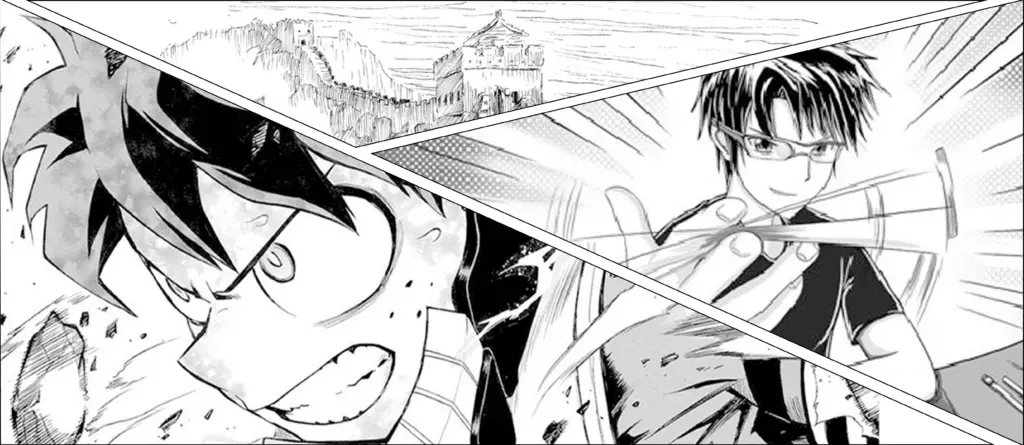
Definition and Cultural Significance
Manga refers to Japanese comic books and graphic novels. Unlike anime, manga is a printed medium, often serialized in magazines before being compiled into volumes. Manga holds a significant place in Japanese culture and has a wide range of genres catering to different age groups.
Distinct Features and Storytelling Techniques
Manga is usually black and white, focusing on panel layouts and pacing to convey the story. The storytelling is often more detailed, allowing for deeper character development and plot intricacies.
Notable Manga Artists and Works
Artists like Osamu Tezuka, often referred to as the “godfather of manga,” have made significant contributions to the medium. Popular works include “One Piece,” “Berserk,” and “Death Note,” many of which have been adapted into anime.
Medium of Presentation
Differences in Medium
While anime is a visual and auditory medium requiring animation techniques and voice acting, manga is a textual and visual medium, relying on illustrations and written dialogue.
Benefits and Limitations
Anime can utilize motion and sound to create a more immersive experience, but it often requires a higher budget and more time for production. Manga, being a printed medium, is more accessible and easier to produce but lacks the dynamic elements of animation.
Influence on Storytelling and Audience Engagement
The choice of medium can significantly impact how the story is received. Anime often condenses plots to fit into episodes, while manga can delve deeper into the story, offering additional layers of complexity.
Production Methods
Anime Production
Producing an anime involves multiple steps, from scriptwriting and storyboarding to animation and voice acting. Studios like Madhouse, Bones, and Kyoto Animation are key players in the industry.
Manga Production
Manga production is generally less resource-intensive. A manga artist, often with a small team of assistants, can produce a chapter within a week. Serialization in large manga magazines like “Shonen Jump” is common.
Time and Resources
Creating an anime series can take months or even years, requiring a large team and substantial financial investment. In contrast, manga can be produced more quickly and cost-effectively.
Visual Presentation
Artistic Techniques in Anime
Anime uses vibrant colors, dynamic scenes, and special effects to bring stories to life. The use of CGI is becoming increasingly common, especially in action sequences.
Artistic Techniques in Manga
Manga relies on the skillful use of ink and shading to create depth. Panel layouts vary to convey pacing, emotion, and action, offering a unique reading experience.
Impact on Storytelling and Audience Reception
The visual presentation in both mediums plays a crucial role in how the story is perceived. While anime can offer a more visceral experience through motion and sound, manga allows for a more intimate connection with the characters through detailed illustrations.
Storytelling and Narratives
Narrative Techniques in Anime
Anime often employs various narrative techniques like flashbacks, internal monologues, and cliffhangers to keep the audience engaged. Genres range from action and adventure to romance and horror.
Narrative Techniques in Manga
Manga often has the luxury of time to develop intricate plots and characters. Story arcs can span multiple volumes, allowing for a more nuanced storytelling approach.
Common Genres and Themes
Both anime and manga explore a wide range of genres, from fantasy and science fiction to romance and slice of life. Themes like friendship, perseverance, and moral dilemmas are commonly explored.
Popularity and Global Influence
Global Reach
Anime and manga have transcended cultural barriers, gaining immense popularity worldwide. Events like Anime Expo and Comic-Con have further propelled their global reach.
Impact on Popular Culture
From fashion and art to video games and merchandise, the influence of anime and manga can be seen in various aspects of popular culture.
Fanbase and Community
Online forums, fan clubs, and social media platforms have created a vibrant community of anime and manga enthusiasts. Fan art, cosplay, and fan fiction are common ways fans engage with the medium.
Comparative Analysis
Similarities and Differences
While anime and manga share many similarities, such as storytelling techniques and genres, they differ in their medium of presentation, production methods, and visual styles.
Shared Source Material
It’s common for popular manga to be adapted into anime and vice versa. However, the adaptation process can result in significant changes, either enhancing or diminishing the original work’s essence.
Implications and Future Trends
Industry Growth
The anime and manga industry continues to grow, both in Japan and globally. Streaming platforms and digital manga apps have made access easier than ever.
Emerging Trends
Virtual reality, AI, and other technological advancements are set to revolutionize how we consume anime and manga.
Future Challenges
Issues like piracy and the need for sustainable monetization models pose challenges that the industry must address to continue its upward trajectory.
Conclusion
Anime and manga, while similar in many aspects, offer unique experiences that cater to different preferences and sensibilities. Understanding these nuances not only deepens our appreciation for these forms of Japanese entertainment but also enriches our engagement with them. So, whether you’re a fan of the animated series or the intricacies of black and white panels, there’s a world of storytelling waiting for you to explore.
Sources:
- Understanding Japanese Entertainment: The Difference between Anime and Manga – Hindustan Times
- Manga vs. Anime: Key Differences & Similarities – wikiHow
- Anime vs. Manga – What’s the Difference? – Writing Explained
Feel free to delve deeper into the captivating worlds of anime and manga, and discover what makes each medium special in its own right.



